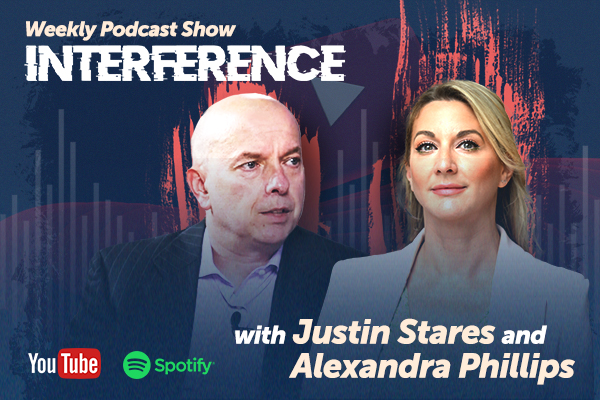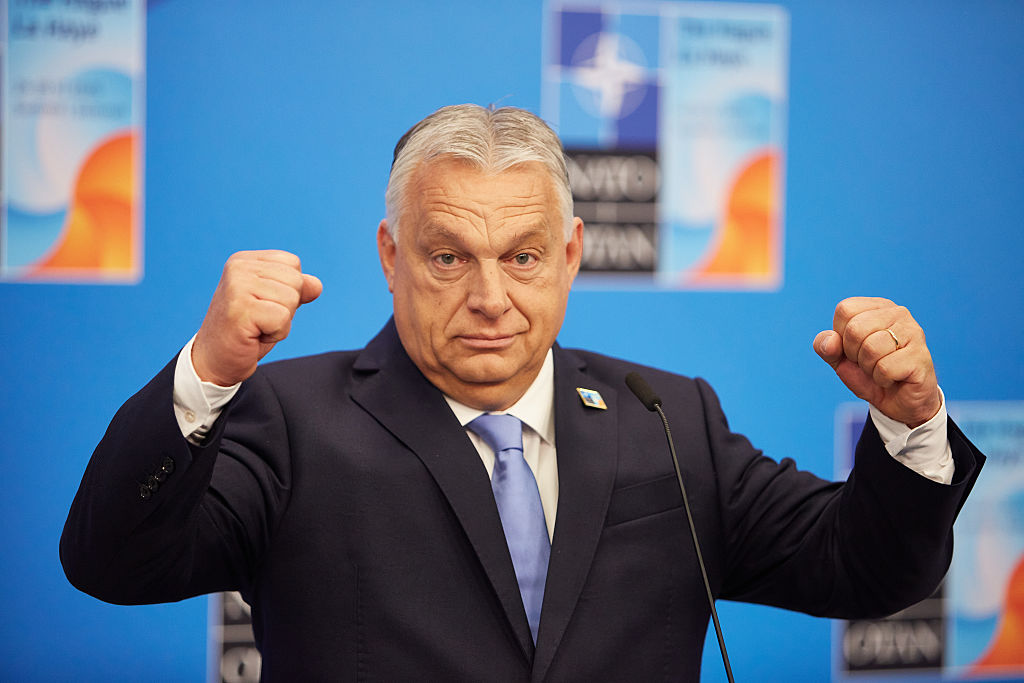It didn’t take long for the predictable chorus of indignation to make itself heard. Steve Witkoff’s 28-point peace proposal for the Ukrainian War said far more about just how detached Kiev and its diehard supporters in the European establishment are from reality than it did about the plan itself. They didn’t even wait for the ink to dry to denounce the document as a Kremlin trick, a capitulation dressed up in diplomatic prose, or a ploy designed to “sell out” the Ukrainians. Yet, for all the outrage, not many have paused to consider what the plan actually asks of each side – and, more importantly, what it does not ask of Kiev.
When one strips away the performative moral grandstanding, what one encounters is an ironic truth: If the proposal were genuine, and if its broad contours were a practical way forward–which is to say, acceptable to Moscow – then in many respects the plan would be far more favourable to Ukraine than any settlement it is likely to obtain later. Indeed, viewed in the cold light of realpolitik rather than the comforting glow of rhetoric, the proposal seems so lenient to Kiev that it’s all but inconceivable Moscow would accept it – which alone should give pause to those dismissing it out of hand for being too “pro-Russian” or even, as The Guardian has absurdly claimed, as having fundamentally been co-written by the Russians themselves.
So what does the Wifkoff Plan actually propose? The document presupposes a cessation of hostilities at or near the current lines of control, save for an adjustment around parts of Donetsk. Here, the Ukrainians would evacuate the circa 25 per cent of the oblast they still control. Kiev’s officials express horror at ceding any land and, even less, at the idea of formally or informally recognising the loss. But they ignore the strategic reality: All available indicators suggest that Ukraine’s battlefield position has deteriorated significantly over the last year.
Indeed, most mainstream commentary now acknowledges Ukraine’s severe exhaustion in manpower, ammunition, and political cohesion – the latter having been made clearer than ever following the recently revealed crushing corruption scandal involving President Zelensky’s inner circle. Russian forces are advancing steadily across the front, with Pokrovsk taken, Myrnohrad besieged, Slaviansk within reach, and a serious Russian breakthrough in Zaporizhzhia making a battle for the city a matter of when rather than if. As Ukrainian nationalist and military blogger Serhii Sternenko has recently put it, “Our defence is collapsing. When Russian tanks enter Zaporizhzhia or Dnipro [Ukraine’s 6th and 4th largest cities, respectively] is only a matter of time. We are heading towards a catastrophe of strategic scale that could lead to the loss of statehood.” In a difficult meeting with European ambassadors in Kiev last week, US Army Secretary Dan Driscoll apparently told them that “the honest US military assessment is that Ukraine is in a very bad position and that now is the time for peace.” In such a context, a ceasefire roughly preserving the status quo would, by any sober standard, be a major, almost miraculous achievement of diplomacy for the Ukrainians.
The second strikingly generous aspect is that the proposal allows Ukraine to keep a 600,000-strong armed force. To put this in perspective, this is a military larger than any European NATO state outside Turkey, and almost three times as large as the most serious military power in the European Union, France. It would mean a force 2.5 times bigger than the pre-invasion Ukrainian military, and 13 times larger than the force size agreed to by the Ukrainians during the Istanbul talks in March 2022. For a country that is strained demographically by war, is the poorest in the entire continent and, thus, is bitterly dependent on foreign financing, such a force would give Ukraine an enormous deterrent capability—far beyond what most post-conflict settlements usually allow—though financing such an effort seems utterly unrealistic unless funded by the Europeans ad aeternum. That Moscow would agree to such a deal—having announced Ukraine’s demilitarisation as one of its central goals in the conflict—strains credulity; that Kiev would reflexively reject such a deal suggests less a calculation of national interests than a stubborn clinging to maximalist wartime slogans.
The third generous aspect of the deal is what it might offer Ukraine diplomatically and narratively. While EU membership for Kiev is far from automatic—and patently undesirable or unfeasible for Europe itself—the plan reportedly does not close the door on eventual accession. For Zelensky this would be a crucial “face-saving” narrative: The war ended not in humiliation, he could argue, but in a continued trajectory toward Europe. Whether this is economically and geopolitically wise for the EU or politically sustainable for Ukraine is another question altogether, but from Kiev’s point of view, the mere preservation of the possibility would be a significant concession from the Russians.
By contrast, the provisions placed on Russia—if the reported details are correct—would be singularly hard for the Kremlin to swallow. A demand that Moscow give up access to frozen sovereign assets, for example, would cross a red line that Russian officials have said time and again to be intolerable. Suggestions of demilitarised zones on territory Russia now claims as its own, or the idea of leaving the status of Kherson and Zaporizhzhia legally unresolved, veer into territory the Kremlin would find it almost impossible to cross. These are hardly the terms a victorious or even confident Russia would willingly accept—Putin would surely reject them, and so would a nationalistically-bent Russian public. They are the terms one would expect Russia to walk away from, perhaps in the hope that, unwisely, Ukraine would reject them first—and, therefore, that it is Kiev, not Moscow, who ends up looking unreasonable in the eyes of Trump and the wider world.
And that is the final paradox: if Zelensky truly wished to strengthen Ukraine’s negotiating position, he might as well embrace the proposal—not because he expects Russia to accept it, but because forcing Moscow to be the one to say “no” would dramatically shift the political and narrative chessboard. Instead, the Ukrainian government dismissed the plan immediately, almost theatrically. One cannot help but sense that internal pressures—looming elections, the politically explosive corruption scandal affecting Zelensky’s personal friend Timur Mindich and his omnipotent éminence grise, Andriy Yermak, the rapidly worsening military situation faced by Kiev, and the wave of public impatience these are producing in Ukrainian society—now weigh more heavily on the calculations of the Ukrainian government than sheer strategic pragmatism. To accept any compromise would be to expose the government’s creeping vulnerability; to reject everything is to project strength, however illusory.
But illusions have a half-life. The longer Ukraine waits, the harsher the terms of any eventual settlement are likely to become–whether imposed by military collapse, economic hardship, a Western political climate that is cooling by the month, or the catastrophic escalation of internal tensions that has so frequently plagued independent Ukraine. Seen from that perspective, the Witkoff plan appears not as a “sell-out,” but as a fleeting opportunity: Imperfect, certainly; painful, inevitably; but still one of the least punitive deals Kiev can possibly dream of.
Whether Ukraine has the political composure to recognise this—before events on the ground dictate far worse terms—remains an open question. History, however, is usually unforgiving to nations that mistake defiance for strategy and pride for prudence.





On Ukraine, neither expropriation nor Tomahawks will make Putin blink